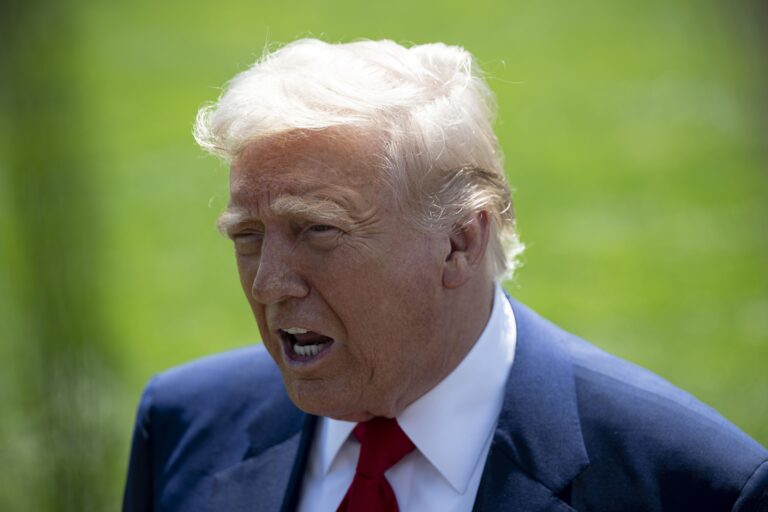US President Donald Trump and Chinese leader Xi Jinping met for the first time in six years, sparking cautious optimism about a possible easing of economic tensions. Trump called the meeting in South Korea “amazing,” while Beijing said both sides had reached a consensus to resolve “major trade issues.” Relations had grown strained since Trump imposed sweeping tariffs on Chinese goods, leading to immediate retaliation from Beijing. A brief truce in May did little to calm the situation.
Thursday’s talks ended without a formal trade deal, but both governments signaled real movement toward an agreement. Negotiations behind the scenes have stretched on for months, often stalling over key demands from both sides. Trade deals normally take years to complete, yet Trump’s aggressive tariff approach has forced partners to act quickly. Many of those affected lie in Asia, where Trump has spent the past week pressing his economic agenda.
Rare earths and soybeans bring signs of progress
China agreed to lift export controls on rare earth minerals, vital for producing smartphones, electric cars, and fighter jets. The move was widely seen as a symbolic win for Trump. Speaking to reporters aboard Air Force One, he said China would immediately start buying “tremendous amounts of soybeans and other farm products.” Beijing’s tariffs had halted US soybean imports, hitting American farmers hard — a crucial part of Trump’s voter base.
US Treasury Secretary Scott Bessent said China would purchase 12 million metric tonnes of soybeans this season and commit to at least 25 million tonnes annually over the next three years. Following the talks, Washington also confirmed plans to ease some tariffs linked to the flow of fentanyl ingredients into the US — an issue Trump has repeatedly blamed on China, Canada, and Mexico.
Sean Stein, president of the US-China Business Council, called the progress on rare earths and tariffs the most tangible outcome of the meeting. He said businesses now have more stability to plan and cooperate with both governments. Still, many tariffs remain in place, keeping US import taxes on Chinese goods above 40 percent.
Beijing also gained something in return. Trump announced that Xi could soon hold talks with Jensen Huang, head of US tech company Nvidia. The firm sits at the heart of the battle over AI chips. China wants high-end processors, while Washington continues to restrict access for national security reasons. Xi also invited Trump to visit China in April — a move viewed as a sign of improving ties. However, no progress emerged on TikTok, which remains caught in a dispute over data security.
Xi stays controlled as Trump seeks momentum
The meeting revealed a sharp contrast in the leaders’ styles. Xi stayed composed and deliberate, reading only prepared remarks. China came to the talks with confidence, having strengthened trade ties elsewhere and reduced dependence on the US. After the meeting, Xi said both sides would work on results that serve as a “reassuring pill” for their economies.
Trump, meanwhile, appeared more tense than during other stops on his Asia tour. The atmosphere was subdued — no lavish palaces, no grand parades. The talks took place inside a guarded airport building, surrounded by barbed wire and checkpoints. Still, what happened inside was the most consequential 80 minutes of his trip.
Henry Wang, a former adviser to China’s State Council, said the discussions “went very well.” While there was no signed deal, he said both leaders had created “a framework and structure” for future progress. He called it “a good start” toward reshaping one of the world’s most important economic relationships.



